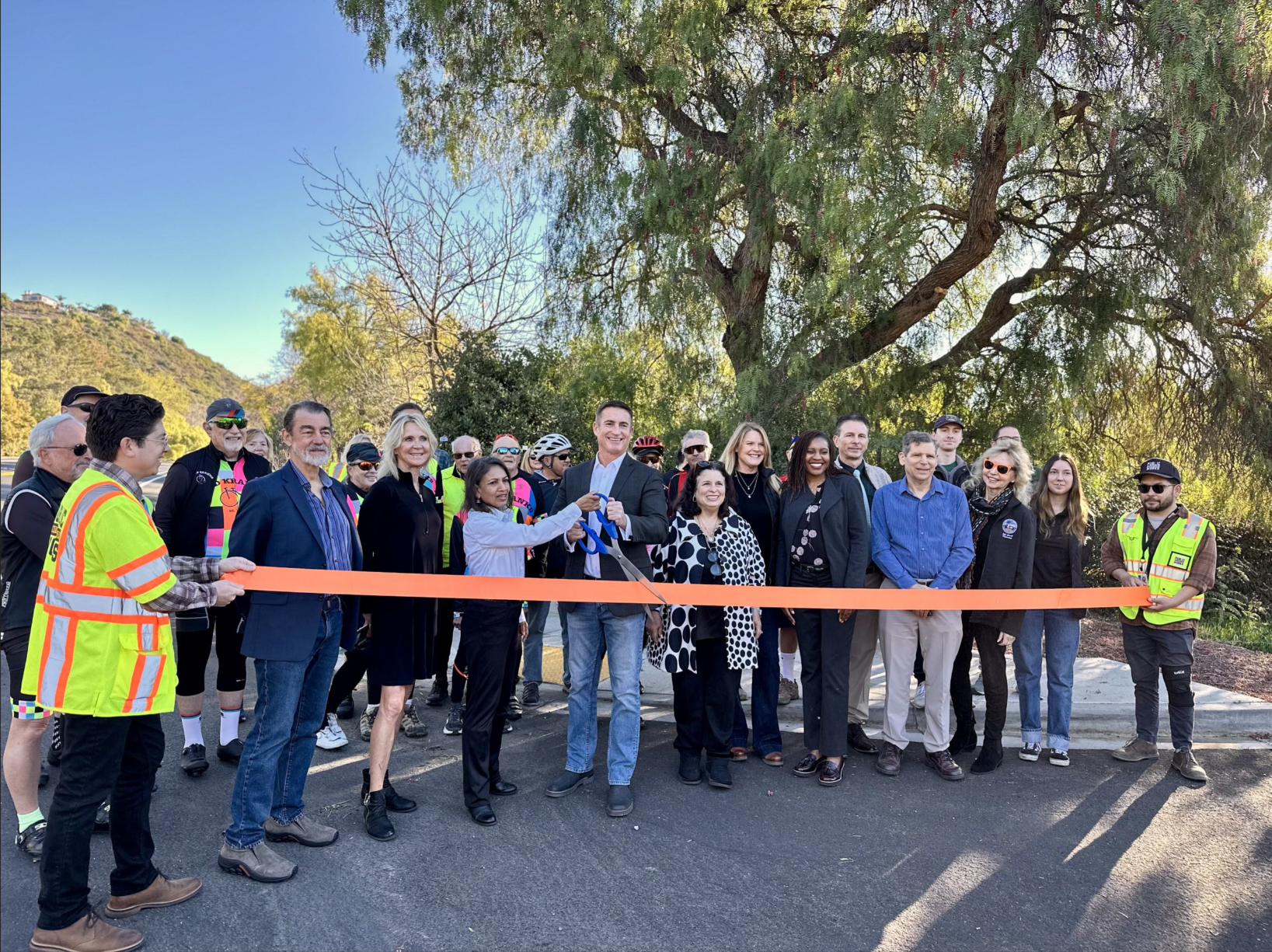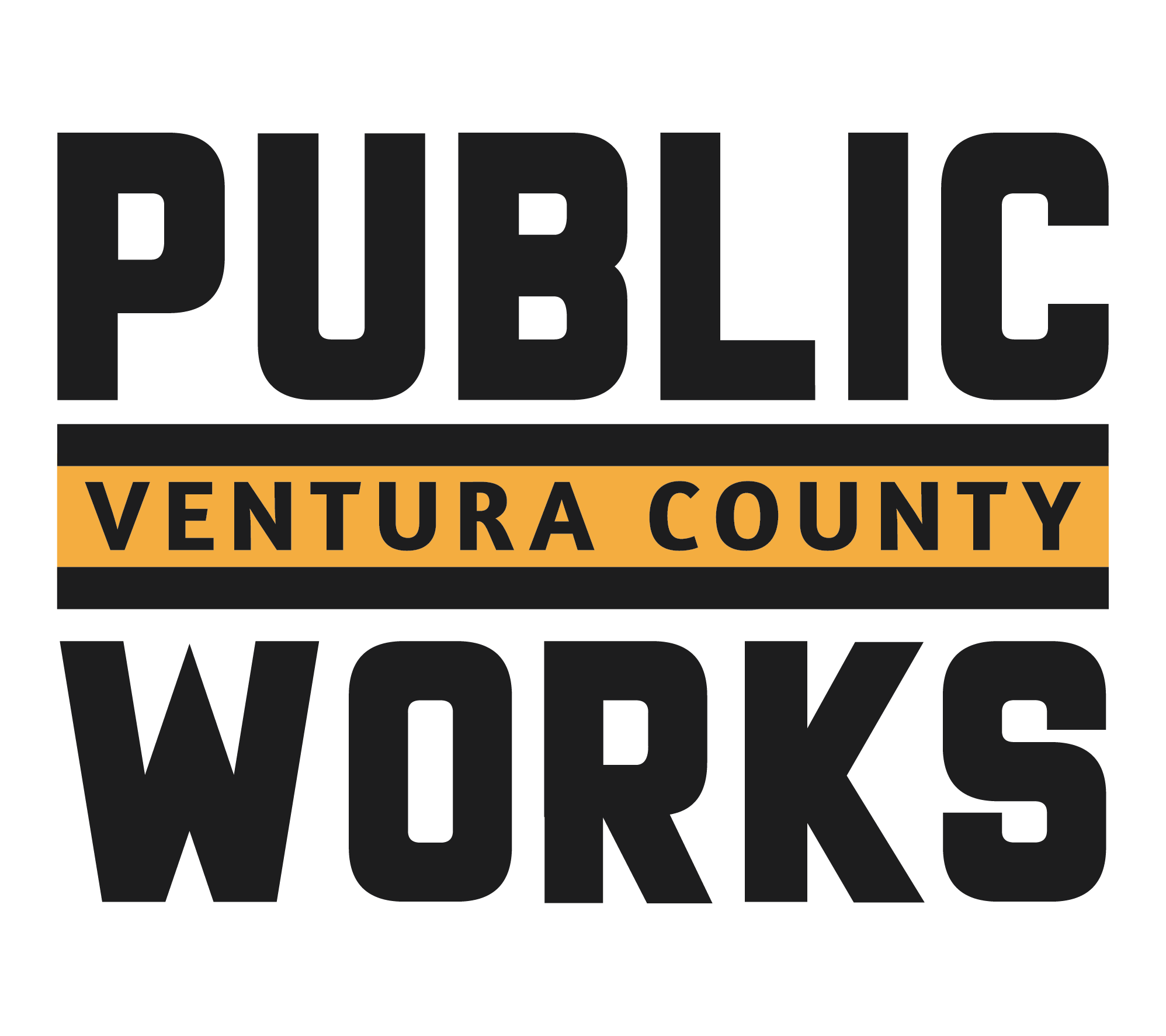June 1, 2023
Civil + Structured ENGINEER media
The Matilija Dam Ecosystem Restoration Project (MDERP) is currently organized as a public-private partnership under the leadership of the Ventura County Public Works Agency. This collaboration has resulted in countless hours of community outreach and coordination with diverse public-private partnerships including state, local, and federal agencies as well as stakeholders, non-governmental organizations, private funders, and dedicated members of the community. Described as a gateway project toward the removal of the Matilija Dam, the replacement of the Santa Ana Boulevard Bridge over the Ventura River represents a crucial step in improving the long-term environmental health of the river’s watershed. The bridge’s replacement is another step toward the realization of the removal of the Matilija Dam. Design funding for the replacement project came from the California State Coastal Conservancy with construction funding coming from the California Department of Fish and Wildlife. A major outcome of the Santa Ana Boulevard Bridge Replacement project is progress in restoring fish habitat, biodiversity, and coastal wetland ecosystems as a part of the larger watershed-scale ecosystem restoration effort.
One of the biggest environmental challenges that came as a result of the previous bridge structure was its restriction of the Ventura River. Changes to the landscape during the construction of the old bridge narrowed the river, which significantly impacted biological resources and water quality. The old structure was 210 feet long with its replacement being 350 feet long. This widened the Ventura River by 80 feet, which had the effect of restoring the natural channel and morphology with improved water and sediment flows, which will in turn enhance fish passage and instream habitat for steelhead and other native fish. This will also reduce periodic channel maintenance and facilitate the natural ecosystem and geomorphic processes.
Designing a new bridge that not only facilitated the flow of more water now but also with the future removal of the Matilija Dam, proved to be a major challenge for the teams working on the project. During the design process, the team eventually produced a single column foundation design that pushed the limits on the width of the bridge cross-section. Furthermore, to prepare the structure for increased flows with the removal of the dam, the design required a higher structure. Ultimately, the design team developed a design that was higher and longer and was only supported by two columns in the full 350-foot length of the bridge. The new Santa Ana Boulevard Bridge was designed with one lane of vehicle traffic each direction with a four-foot wide shoulder for bicycle and equestrian traffic. It also includes a six-foot wide sidewalk on one side for pedestrians.
The project’s superstructure was completed, and falsework was removed, in December of 2021. The following week, six inches of rain fell and the project was hit with a flow of water that overcame the river diversion. Water flowed under all three spans of the bridge and against the newly constructed columns. However, in a moment of perfect timing, the bridge had just been post-tensioned, and the structure escaped with no damage.
The construction of the new bridge also saw challenges stemming from its structural design. To accommodate for the three bridge spans supported by two single column piers, the bridge is set on a skew and is oblong in shape where the cross-sectional area increases as it flares to be integral with the superstructure. This is because the single column creates a large cantilever of the superstructure at the pier location, especially with the skew. This design increases the load demands on the columns, and, to help mitigate this load demand increase, the bridge’s columns were designed to have a flared top section that was made integral with the superstructure. This design caused some delays in construction as the contractor wasn’t able to utilize existing forms that may have been used on other construction projects. This meant the contractor had to build custom one-time use forms for the flared columns. However, these delays outweighed the alternative, double-column configuration, as it would increase the potential for debris build-up during major storm events after the dam is removed.
Despite challenges to the design and construction processes, construction on the replacement bridge began in March 2021 and was completed the next year in October 2022 with a final cost of $12 million. This project represents an important first step in restoring and improving the region’s ecological health. By returning waterways to more natural pathways, there will be a significant increase in fish habitat, biodiversity, and the native coastal wetland ecosystem. In addition to its ecological benefits, the new bridge adds pedestrian and bicycle access and addresses the previous bridge’s seismic compliance concerns while also upgrading infrastructure for improved water and climate resilience. In recognition of the new Santa Ana Boulevard Bridge’s innovation and impact, it was named the Structural Project of the Year by the American Public Works Association.
Gateway to Ecological Restoration
Project Manager: Christopher Solis, PE
Design Engineer: Consor North America, Inc. (previously Quincy Engineering Inc.)
Prime Contractor: Security Paving Company, Inc.
Construction Management & Inspection: Filippin Engineering
Environmental Monitoring: Rincon Consultants, Inc.



